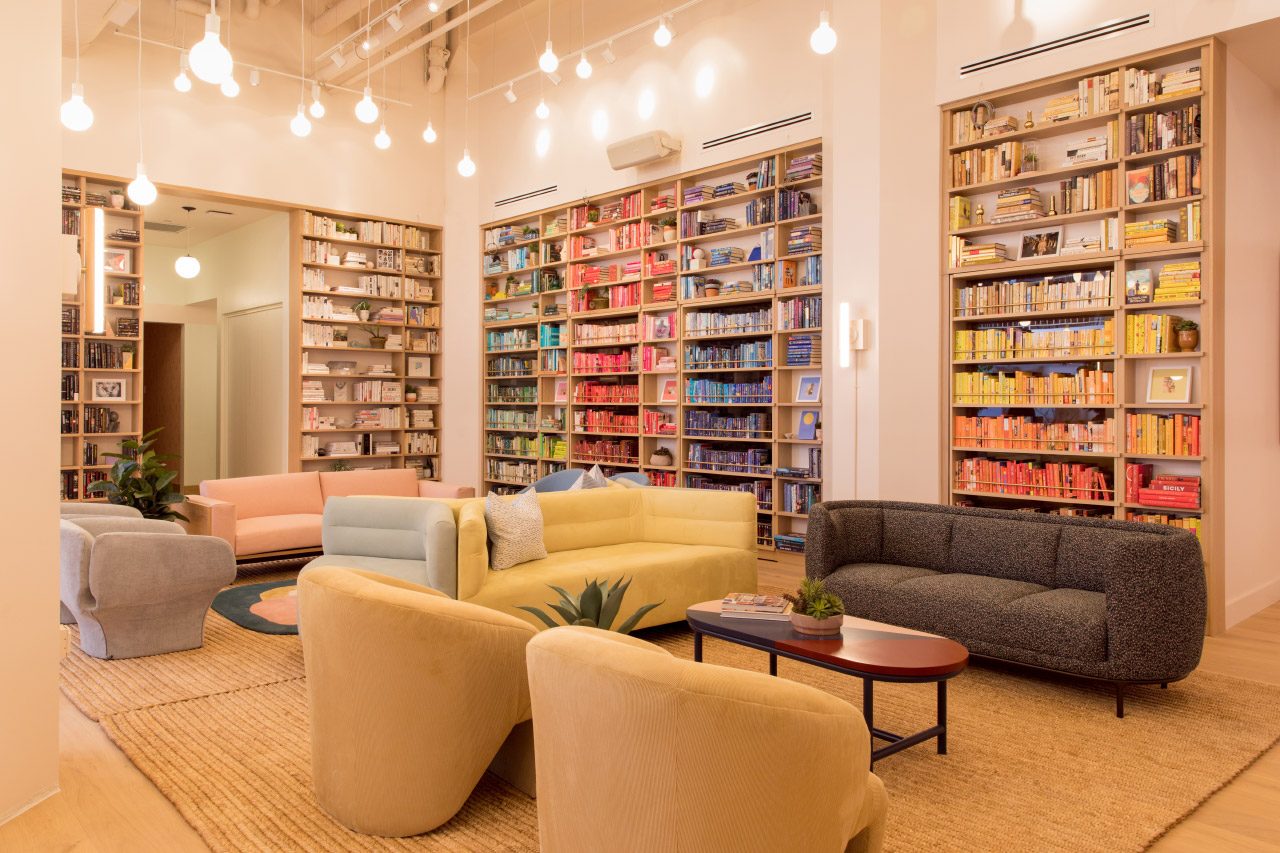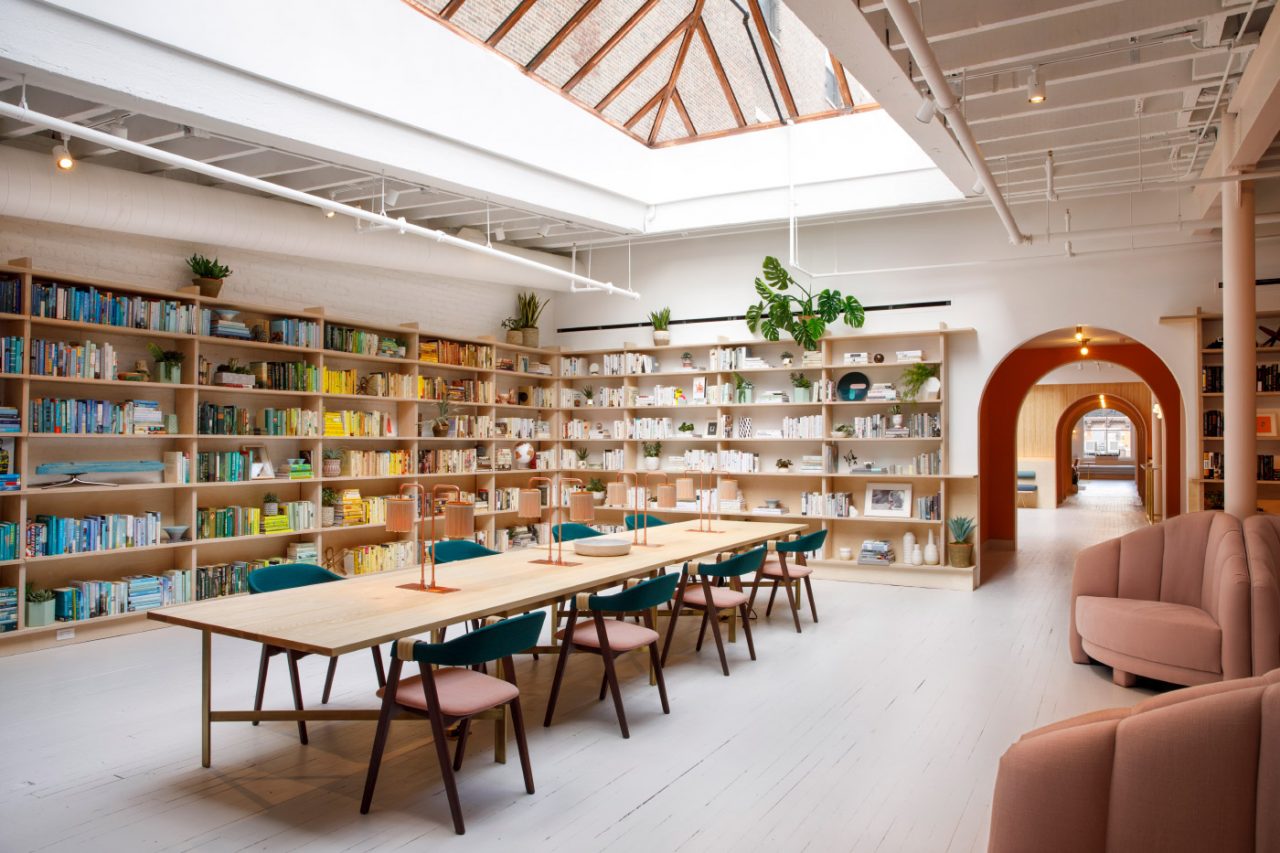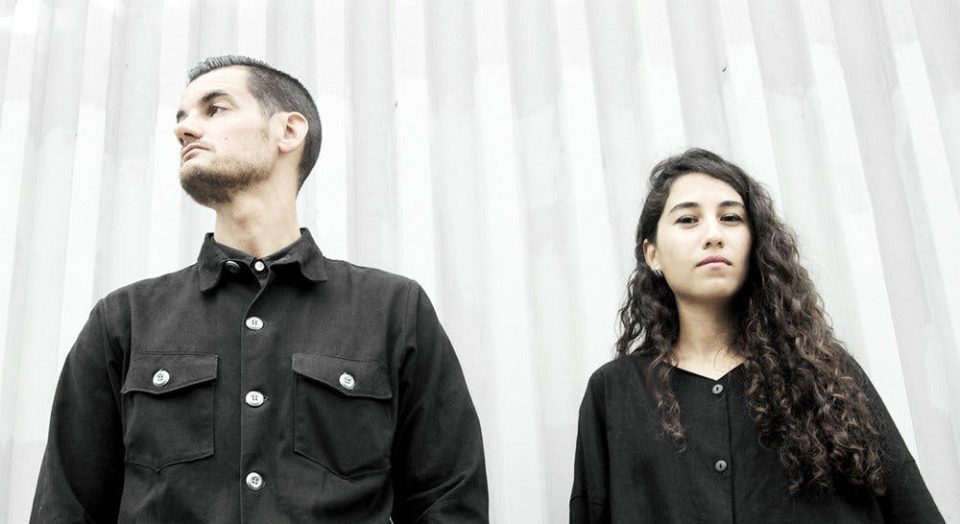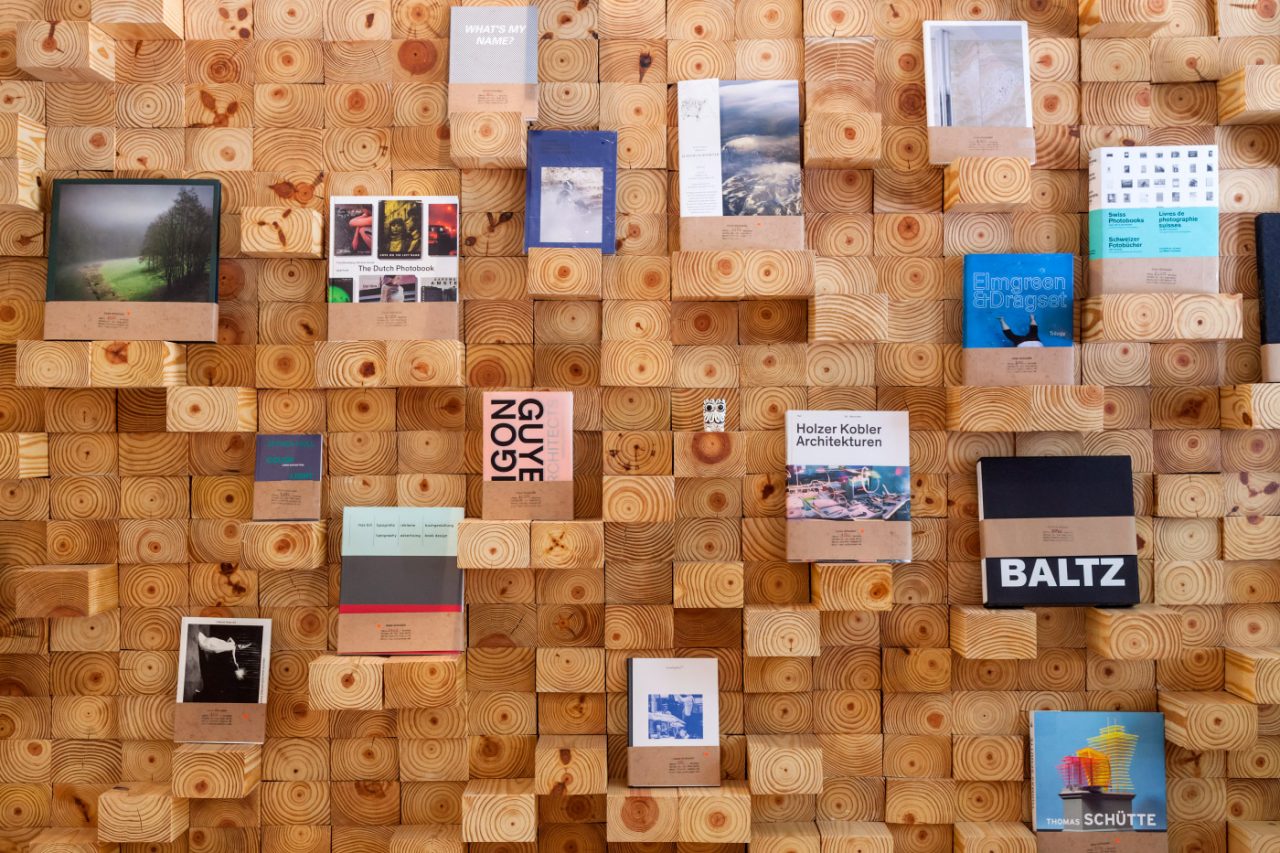Who are the names you need to know? Who are the designers to watch? These six up-and-coming talents in architecture and design should be on your radar.
Alda Ly
New York City
Alda Ly likes a good piece of custom millwork. “I like to think about the purposefulness of each cut,” she says. Her namesake practice is built around a similar mission. “We’re pursuing end-user research to develop a more human-centered approach with our designs.” For Ly, both qualitative and quantitative data are imperative to design spaces that break the molds of conventional architectural programs.
She designed the Wing’s private women-only professional clubs for flexibility, knowing that users might be recording a podcast on one day, and on another, working solo on their laptops. In this way, she sees herself beholden not only to the client but also to the client’s stakeholders. Ly has made a name for herself by designing shared spaces, from incubators to offices and apartments. Most recently, the firm designed Bulletin, a store merchandising products from female-led brands that features a social area and a venue for live programming. “There are an infinite amount of situations you have to plan for, but a key point is knowing how to make people feel comfortable.” –Jordan Hruska
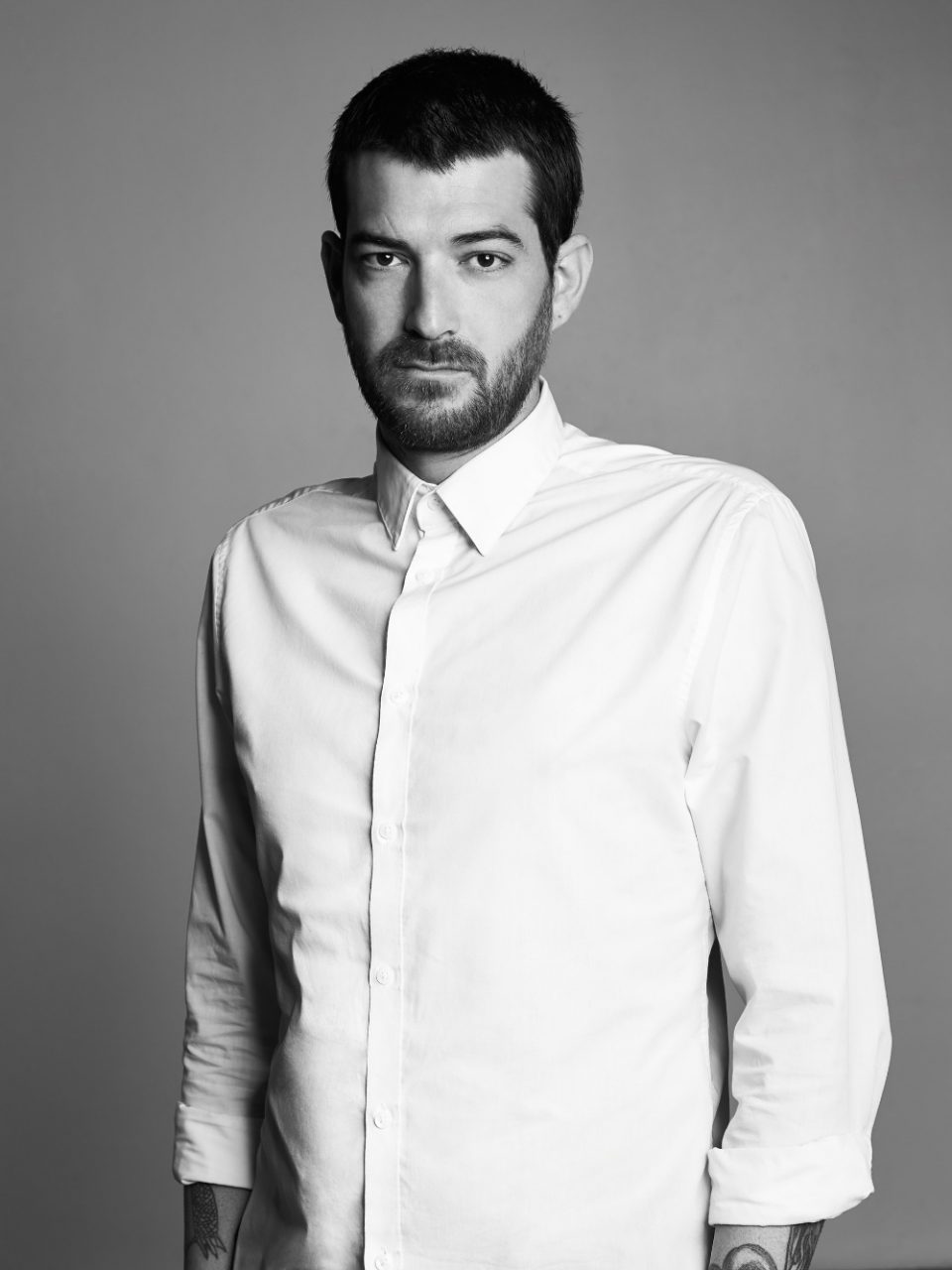
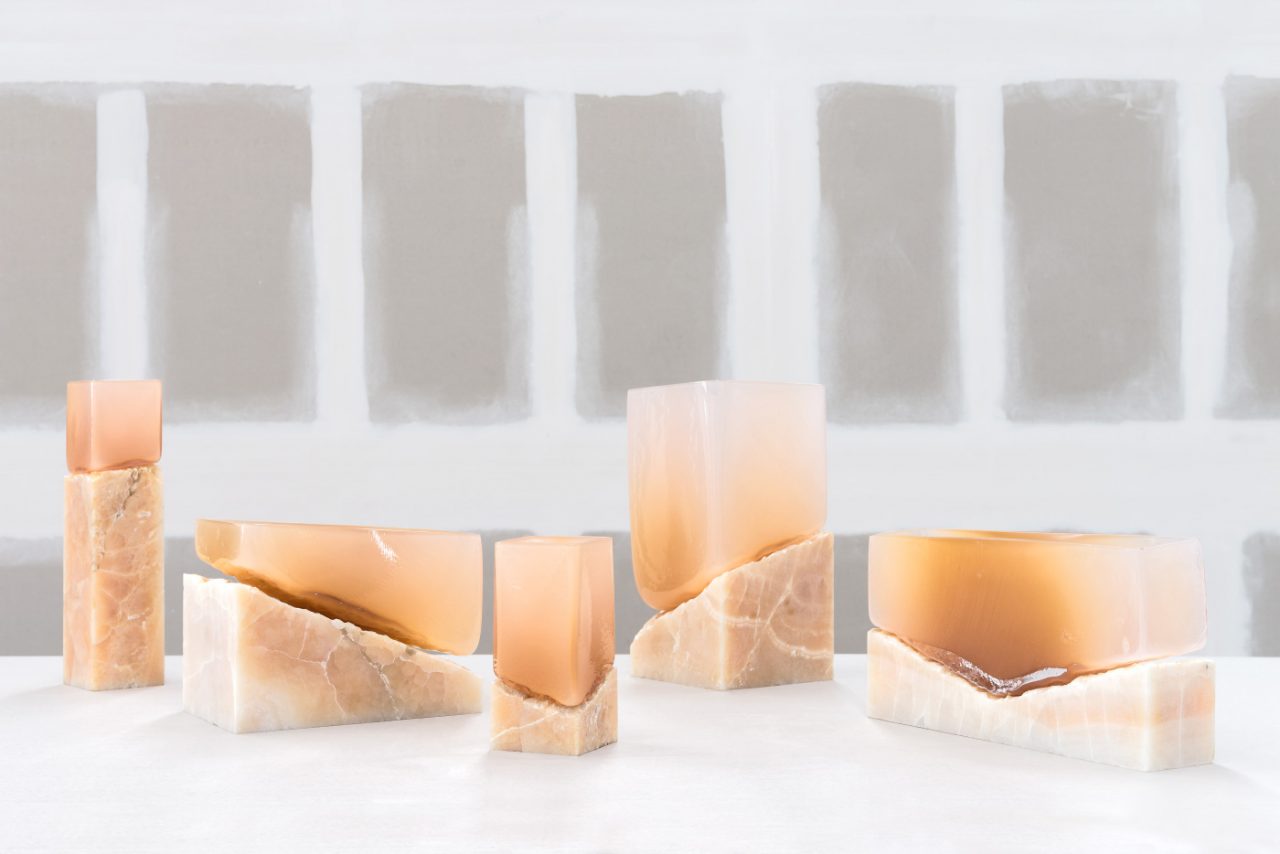
Brian Thoreen
LA/Mexico City
“I didn’t really know what I was doing,” said Brian Thoreen. Reflecting on the first show where he unveiled his namesake furniture company at the Sight Unseen outpost during Collective Design in 2015, he admitted: “I was thrown in the deep end—I didn’t even know how to price the pieces.”
Since then, Thoreen has gone on to show his works several times at Design Miami, create custom commissions, and be the subject of the first solo exhibit at Patrick Parrish. All of this was born out of his new focus on furniture and a recent move to Mexico City—both of which he was able to fully commit to after leaving his L.A.-based architecture practice, Thoreen+Ritter.
In the context of “being somewhere else,” Thoreen now finds himself collaborating with local artists, including Hector Esrawe and Emiliano Godoy on a sculptural series of metal furnishings accentuated by hand-blown amorphous orbs of glass. The material will continue to be at the heart of his future work in a new studio, which he formed with Esrawe and Godoy to continue to collaborate their collaboration on glass and metal projects. As for his own studio, Thoreen also plans to design installations, spaces, and architecture where he can continue work with local artists. –Gabrielle Golenda


CAMESgibson
Chicago
CAMESgibson is a Chicago-based partnership between Grant Gibson and the fictitious late T.E. Cames. Gibson, also a professor at the University of Illinois at Chicago (UIC) School of Architecture, works at multiple scales, from small residential rehabs to a popular community arts center. The practice is not limited to conventional built work. Some of the office’s exhibition work includes a 20-foot-tall quilted column installed in the Graham Foundation foyer and a skyscraper design in collaboration with Skidmore, Owings & Merrill at the 2015 Chicago Architecture Biennial.
In each of its projects, a playful sensibility fills spaces with color and soft forms. A recent project involved converting a laundry room into a cool ethereal lounge for the UIC basketball team. Deep blue tones and carefully controlled lighting brand the space instead of the typical kitschy, logo-laden locker rooms of most teams. It is this approach to cleverly transforming spaces, whether they are institutional or private, that sets CAMESgibson apart from the average small practice. –Matthew Messner
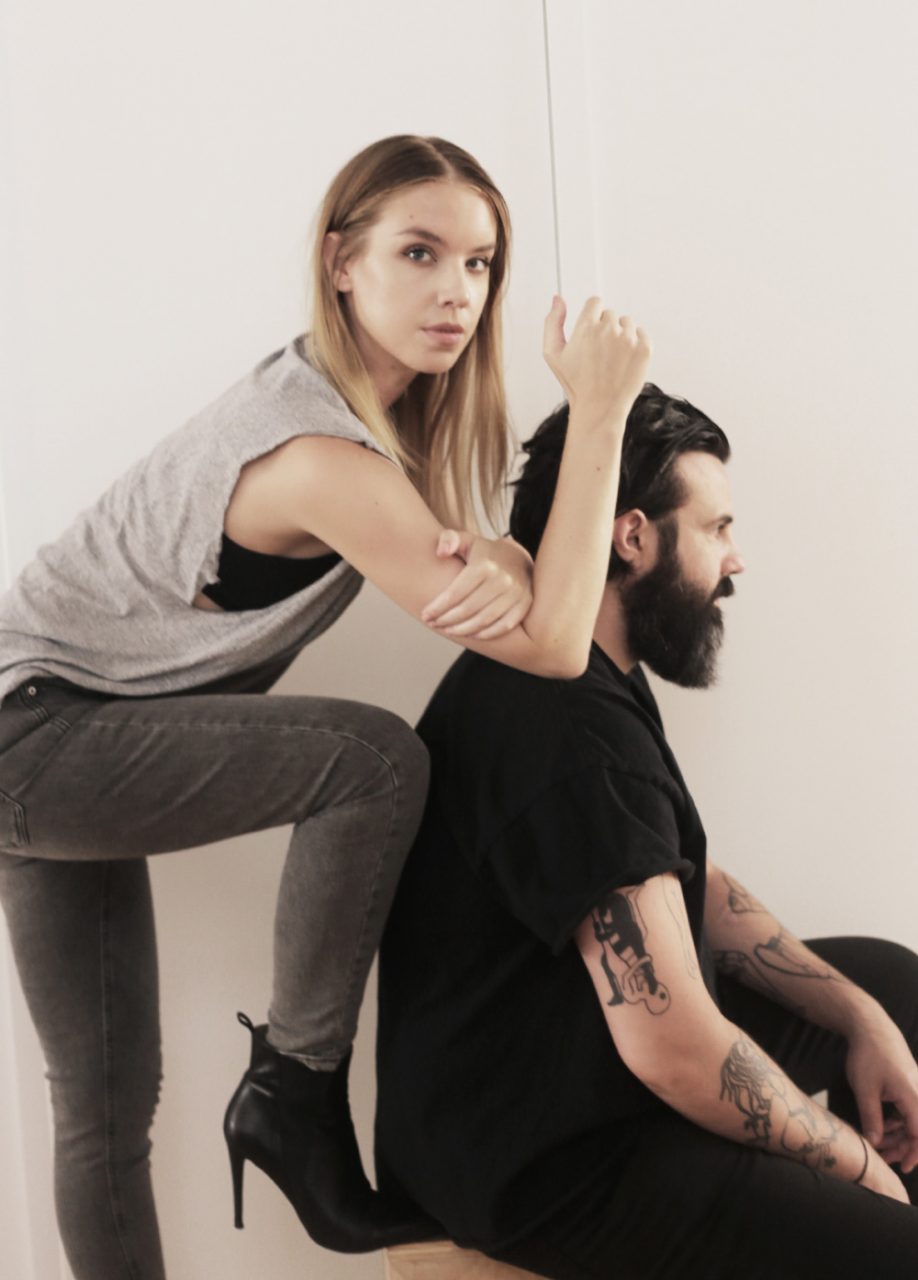

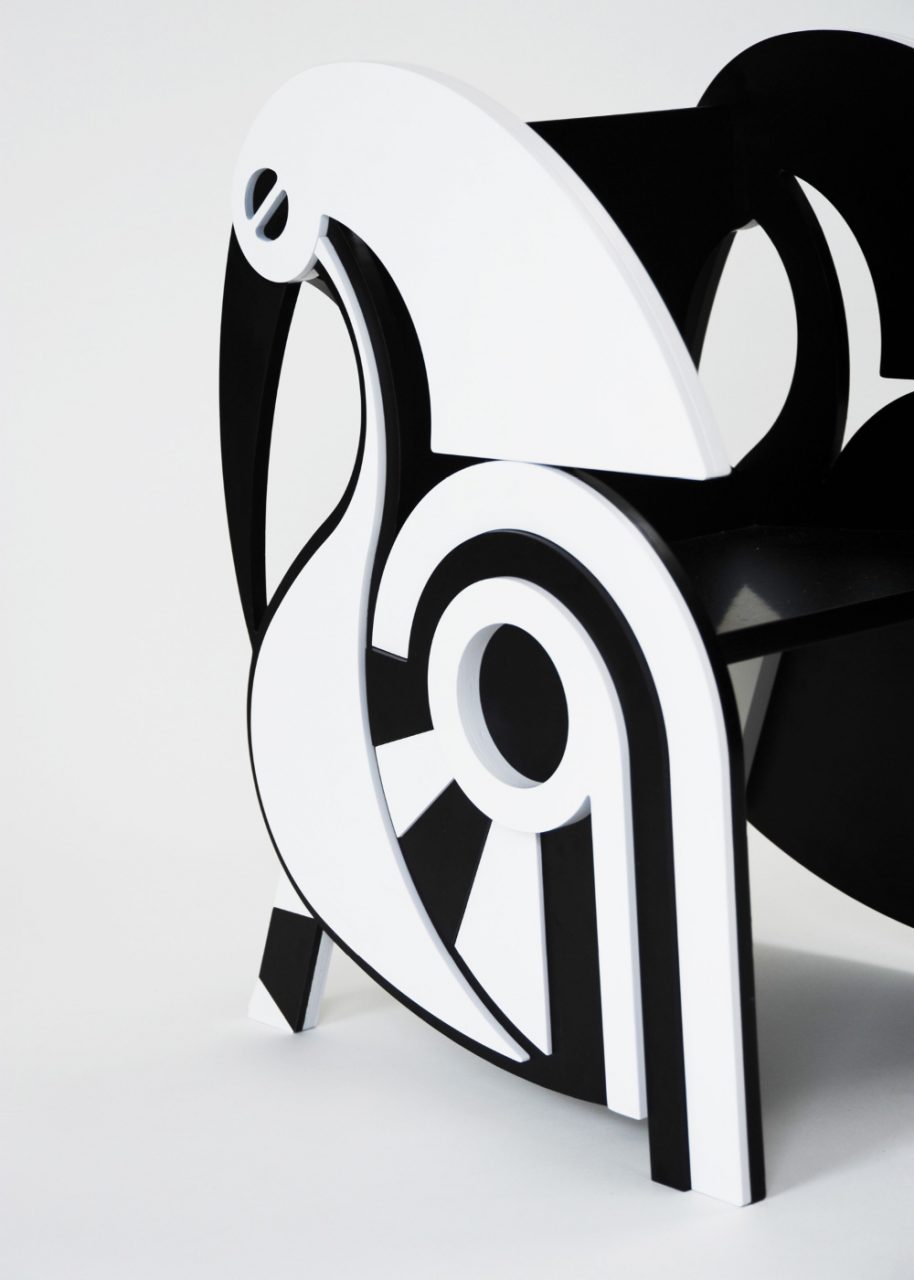
Material Lust
New York City
Partners in life and partners in practice, Lauren Larson and Christian Lopez Swafford are indifferent to mass production timelines and trends. Together, they work with artisans to conjure otherworldly objects that cross the boundary between sculpture and decorative art, producing a series of furniture with true grit.
Known as Material Lust, their Lower East Side-based company was officially established in 2014 but began long before that. It has been producing works that reflect the historical context of design, including the Alchemy Altar Candelabra inspired by pagan and alchemical symbolism; and the Fictional Furniture Collection of gender-neutral, monochromatic children’s furniture inspired by surrealism.
Now the pair is venturing into lighting with their new sister company, Orphan Work. As the story goes, it began when they found lost designs from the Material Lust archive and after they visited Venice’s Olivetti Shop, by Carlo Scarpa. The result? A collection that is somewhere between Scarpa’s richly layered forms and the couple’s unapologetically “metal” aesthetic, with nods to both the musical genre and the material itself. –GG
MILLIØNS
Los Angeles
Los Angeles–based MILLIØNS dubs itself an “experimental architectural practice” that liberally explores space-making as a “speculative medium” that can be manifested in any number of objects, structures, or experiences. Founded by Zeina Koreitem and John May, the growing practice recently designed a communal wash basin that aims to reintroduce shared social interactions into the act of bathing for an exhibition at Friedman Benda gallery in New York City. In the show, a 3D-printed mass reveals itself as a fluted drum containing a sink and a slender, brass spigot that is approachable from all sides.
Though better known for writing heady treatises and engineering glitchy, digital media works that use televisions and closed-circuit cameras to create new spatial dimensions, MILLIØNS has some more grounded works on the way. A Graham Foundation–supported exhibition designed and curated by the duo that aims to revitalize the experimental spirit of modernist housing, for example, will be showcased at L.A.’s A+D Museum in the spring of 2019. MILLIØNS also has several brick-and-mortar projects on the way, including a retail storefront in Manhattan and a lake house in upstate New York. –Antonio Pacheco
Savvy Studio
NYC/Mexico City
Savvy Studio, an interiors and branding firm with offices in New York City and Mexico City, was busy this past summer with an array of projects popping up in New York. It launched a Tribeca seafood restaurant (A Summer Day Cafe) which features a beachy interior with light woods, primary-colored metal accents, and of course, nautical stripes. The studio also redesigned Alphabet City mainstay Mast Books using plywood to elevate the space, making it a “gallery of books, rather than simply another bookstore.” And by combining interior architecture with visuals befitting a fashion campaign, Savvy Studio developed branding language, communications, and interiors of the rental offices and showrooms for the Mercedes House, a Hell’s Kitchen luxury condo designed by TEN Arquitectos.
Founder and creative director Rafael Prieto points out that there are “no specific boundaries” between branding and interior design. “The reason we do both is based on our interest in creating and designing experiences, and being able to make an impact in every interaction.” For Savvy Studio, their multifaceted practice is about making sure each space or branded element is simultaneously “emotional, aesthetic, and functional.” –Drew Zieba
